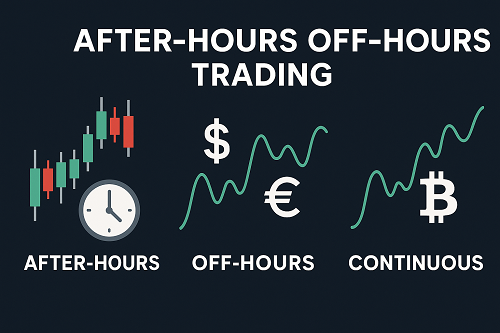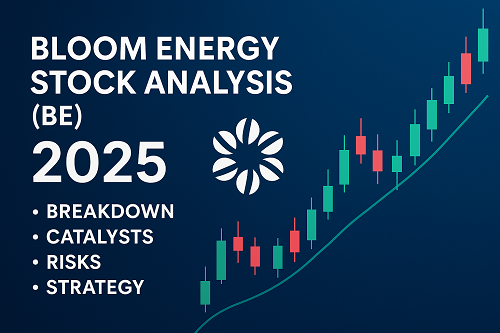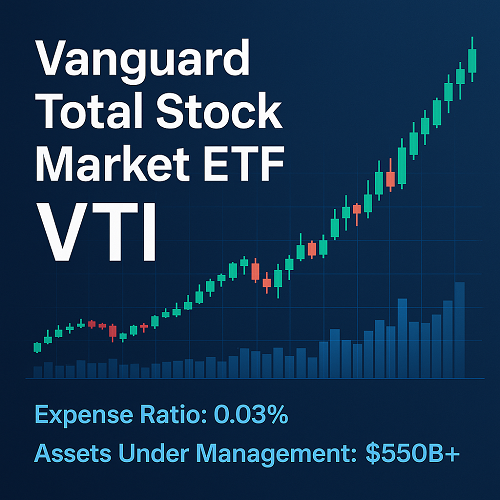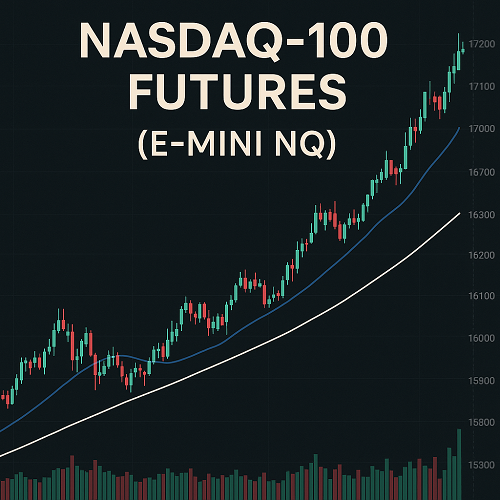Stock-Market After-Hours Trading
In the U.S., the major exchanges such as the New York Stock Exchange (NYSE) and the NASDAQ Stock Market typically operate from 9:30 a.m. to 4:00 p.m. ET. After the official close, electronic communication networks (ECNs) allow trading to continue in after-hours sessions (commonly 4:00 p.m. to 8:00 p.m. ET) for many stocks.
During this time, volume is thinner, participants fewer, and the bid-ask spreads often wider — all of which contribute to distinct risks and opportunities.
Forex Markets: Continuous Global Trading
Unlike equities, forex trading does not pause at a fixed hour. The foreign exchange market trades nearly 24 hours a day during weekdays, cycling through major global sessions (Sydney, Tokyo, London, New York). This means you’re effectively trading off-hours when the U.S. market is closed, but Asia or Europe is open.
Session overlaps (e.g., London/New York) often present heightened liquidity and volatility. Understanding when liquidity is thin or when a major news event occurs during a session that is less active can give you an edge.
Crypto Markets: True 24/7
Cryptocurrencies like Bitcoin (BTC) or Ethereum (ETH) operate on a global network without a central exchange stopping for the night. News, social sentiment and algorithmic flows can trigger big moves anytime — day or night. Trading 24/7 introduces unique dynamics in execution, liquidity, and risk management.
Key Drivers of After-Hours & Off-Hours Moves
Earnings, Economic Data and Breaking News
For stocks, results released after the market close or right before the open often drive large post-market moves. Because the regular session has ended, the reaction flows into after-hours trading and can set the tone for the next day’s open.
In forex and crypto, macro data releases (e.g., inflation, central-bank announcements) or geo-political events occurring outside U.S. hours often trigger gap moves and heightened volatility.
Low Liquidity and Wider Spreads
After-hours sessions typically have fewer participants and lower volumes — meaning orders impact prices more, and the bid-ask spread widens. This increase in “price friction” means slips, gaps, and higher transaction cost risk.
Global Markets & Overnight Correlations
Because markets don’t operate in isolation, what happens in Europe or Asia overnight can influence U.S. markets at open. Similarly, crypto markets see sentiment carry-over around the clock. For the savvy trader, monitoring global sessions and news flows is critical.
How to Monitor After-Hours Activity
Stocks
- Use live after-hours quotes via your brokerage or market-data platform.
- Monitor futures contracts (e.g., S&P 500 futures) — they often reflect sentiment for the next regular session.
- Track earnings calendars and corporate announcements scheduled for release after market close.
- Watch for volume anomalies and unusual option trades that often hint at after-market moves.
Forex
- Refer to session-times maps, noting when liquidity is highest (London/New York overlap) and when it’s light (Sydney/Tokyo).
- Use economic calendars to mark upcoming news events outside of major U.S. session times.
- Monitor currency pair heat-maps, tick volume and order-book snapshots in low-liquidity periods for signs of buildup.
Crypto
- Use 24/7 charts with alerts for volume surges, whale wallet transfers, and order-book gaps.
- Leverage social sentiment tools, real-time news feeds, and on-chain metrics (e.g., large transfers, exchange inflows).
- Use stop-loss and take-profit automation, since you may not always be actively monitoring during off-hours.
Trading Strategies for After-Hours and Off-Hours
Stocks: Reacting to After-Market News
- Earnings-Reaction Strategy: Identify major companies releasing earnings after close. Place limit orders during the after-hours session anticipating a gap at open.
- Adjustment Strategy: If you hold positions overnight, evaluate the release immediately after close and consider reducing exposure if the surprise is negative.
- Liquidity-Aware Entry: Use limit orders instead of market orders, and set wider boundaries for slippage and spread impact.
Forex: Session Overlaps & Overnight Plays
- Overlap Breakout Strategy: Trade during London/New York overlap when liquidity is high, then maintain awareness of the quieter hours for potential overnight setups.
- News-Driven Hold Strategy: Enter or exit positions based on macro releases outside U.S. hours, but reduce size since risk is higher in low-volume windows.
- Carry & Gap Strategy: Short interest-rate differential trades may run overnight; watch for central-bank statements in off-hours that can spark sharp moves.
Crypto: 24/7 Momentum & Shock Event Plays
- Round-the-Clock Monitoring Strategy: Set alerts for large whale transactions, exchange flows or volume spikes when U.S. markets are closed.
- Flash-Crash Watch Strategy: Given the thin liquidity at times, be ready for overnight reversals and use protective measures such as trailing stops or hedging.
- Sentiment-Driven Setup: Monitor global sentiment (Asia, Middle-East) when U.S. trading is inactive; early detection of major news can give you first-mover advantage.
Risks and Pitfalls to Avoid
- Illiquidity: As mentioned, trading after hours often means fewer participants, wider bid-ask spreads and greater price impact.
- Price Gaps: The price at the close of one session may differ significantly from the opening of the next, particularly if major news breaks.
- Execution Risk: Using market orders or assuming regular-session behaviour can lead to poor fills or large losses.
- Overtrading & Emotional Bias: The temptation to “respond to everything” 24/7 can lead to fatigue, mistake-prone decisions or size creep.
- Information Overload: With global markets and round-the-clock trading, the volume of news can be overwhelming. Being selective and disciplined is key.
Best Practices & Checklist for Traders
- Pre-Session Preparation:
- Identify upcoming earnings, economic data releases, major geopolitical events.
- Mark sessions of low liquidity (late U.S., Asia morning) and adjust position sizes accordingly.
- Order Execution Rules:
- Use limit orders, not market orders, during after-hours or low-liquidity sessions.
- Implement stop-losses and take-profit levels ahead of time.
- Size & Risk Management:
- Reduce position size in off-hours to reflect higher risk and wider spreads.
- Ensure your position size aligns with your overnight risk tolerance.
- Journaling and Review:
- After each trading day (or session), log your after-hours trades: entry rationale, execution price, outcome, lessons learned.
- Review how global sessions and overnight news impacted your performance.
- Psychological Discipline:
- Recognize that just because trading is “always open” doesn’t mean you must always trade. Use discretion.
- Set boundaries so you avoid being glued to screens around the clock — rest and mindset matter.
Case Studies: Real-World After-Hours & Off-Hours Moves
1. Stock Earnings Surprise
Company X reports earnings after market close that beat expectations significantly. In the after-hours session, its shares rally 8%. However, pre-market the next day, profit-taking and institutional repositioning lead to a gap down at open. If you held overnight without adjusting, you might have lost value despite the after-hours pop.
2. Forex Overnight Shock
A surprise central-bank rate decision in Asia outside U.S. hours causes the Japanese yen (JPY) to strengthen sharply. A trader with a long USD/JPY position carried overnight finds themselves abruptly in draw-down. Without size control and stop-losses, this can become costly.
3. Crypto Flash Move
At 2 a.m. ET, a large whale wallet transfers a massive amount of Ethereum to an exchange, triggering sell-pressure. The price falls 6% in the next hour. A crypto trader who monitors nocturnal order-book flows capitalises with a short-term trade, while others awake to a shock and scramble.
Conclusion: Integrating After-Hours Awareness into Your Trading Edge
Mastering after-hours and off-hours trading is not simply a matter of staying logged in longer. It’s about understanding when and why markets move outside of regular hours, adjusting your strategy, execution, and risk controls appropriately. Whether you trade stocks, forex or crypto, by applying the insights in this guide you’ll be better positioned to react to overnight news, slender liquidity, global session interplay and 24/7 sentiment shifts. Turn the “off-hours” into one of your trading strengths.





 XAUT-USD
XAUT-USD  AMD
AMD  MARA
MARA  SHOP
SHOP  BULL
BULL  CL=F
CL=F